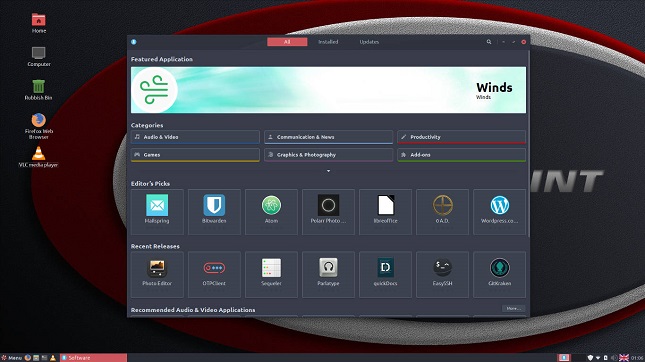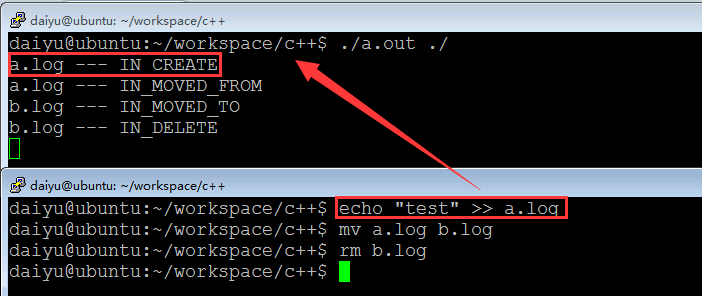
The watch rules syntax is as follows: # auditctl -w path_to_target_file -p permissions -k key_nameĮxample 1: Audit on User Creation Actions For instance, we can define a watch rule which monitors file access types like read, write, execute, or even check for attribute changes. We’ll need to use the auditctl tool to add system call-related auditing rules.

$ sudo service auditd startĬheck auditd Status Defining Audit Rules in Linux To start, enable and verify the status of auditd, we’ll use the service command in place of the systemctl command for user ID (UID) accuracy. Accessing the nf file requires sudoer/root user privileges. The file path /etc/audit/nf points to the main audit configuration file.
File monitor linux install#
$ sudo zypper install audit Īuditd (Linux Auditing System) Usage We are now ready to configure and manage auditd for tracking security-related information on our Linux systems. Reference the following auditd installation commands in regards to the Linux OS distribution you are using: $ sudo apt install audit You are comfortable with using the Linux command-line environment.You have sudoer/root user privileges on your Linux system.Log of triggered events and users responsible for it.īefore we look at the installation steps needed to have auditd up and running on your Linux operating system distribution, make sure you meet the following requirements/prerequisites:.Log of sensitive files or database changes e.g.




 0 kommentar(er)
0 kommentar(er)
